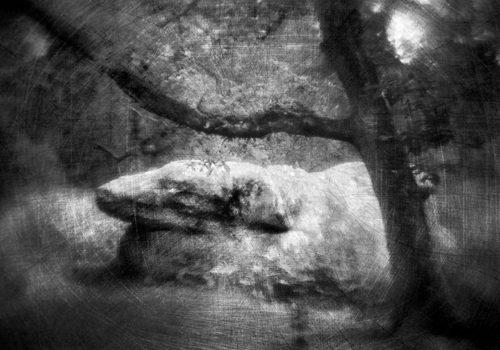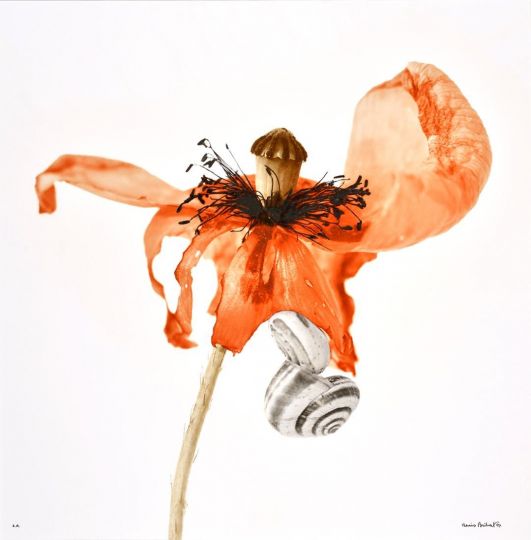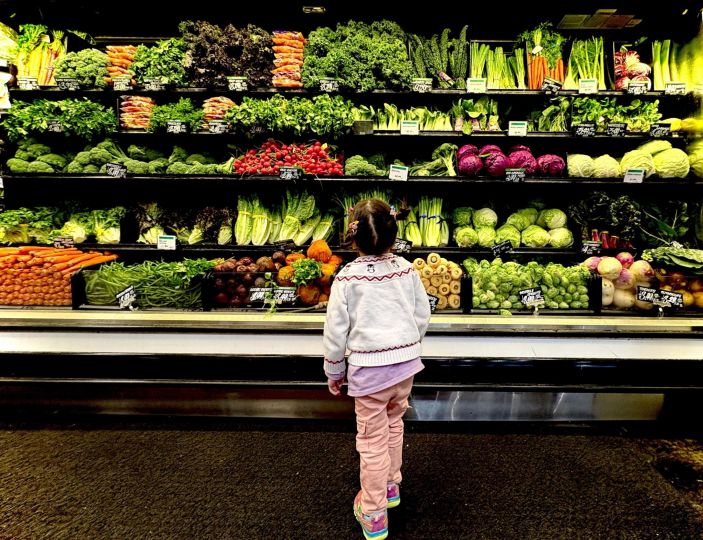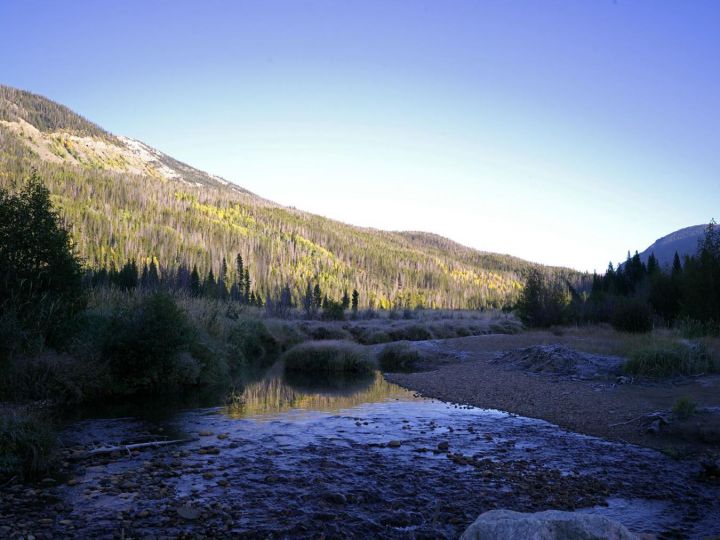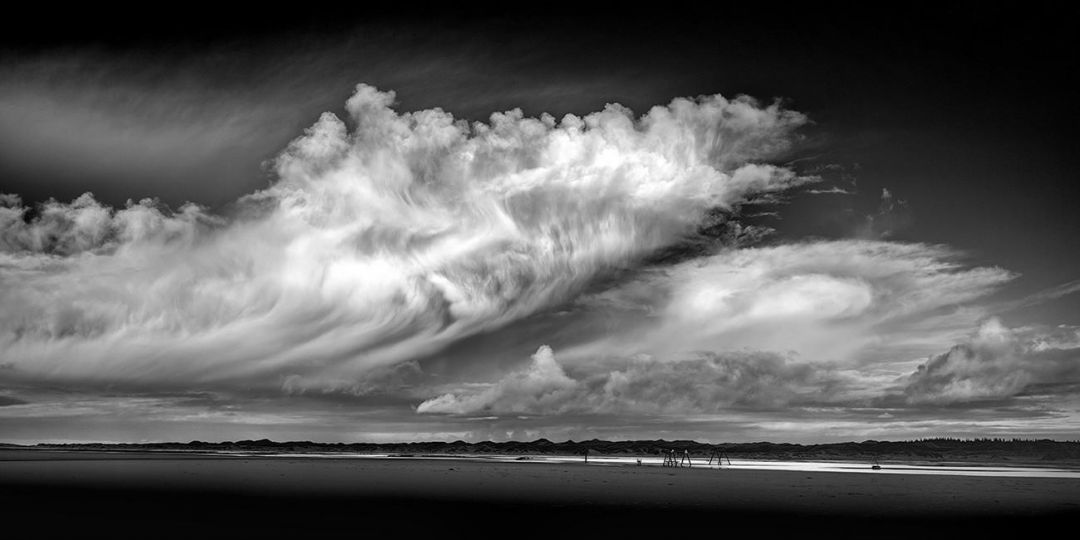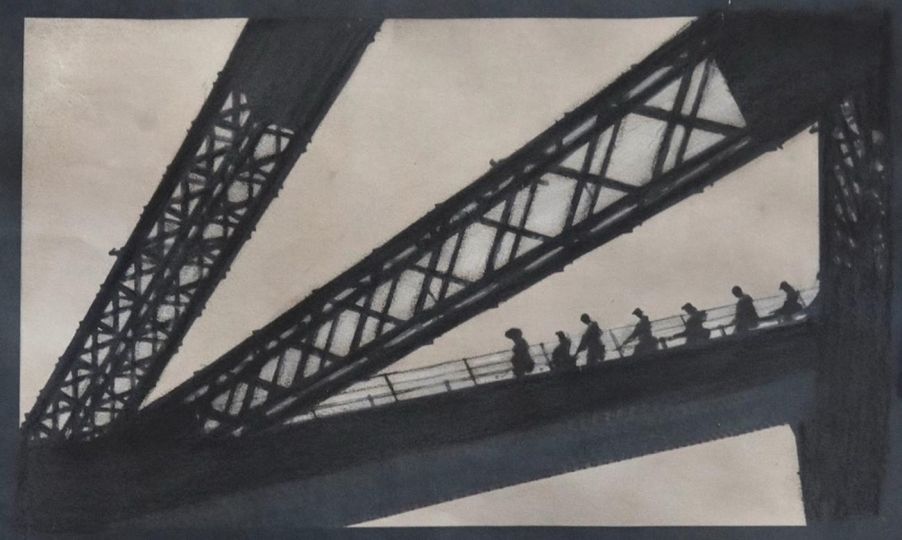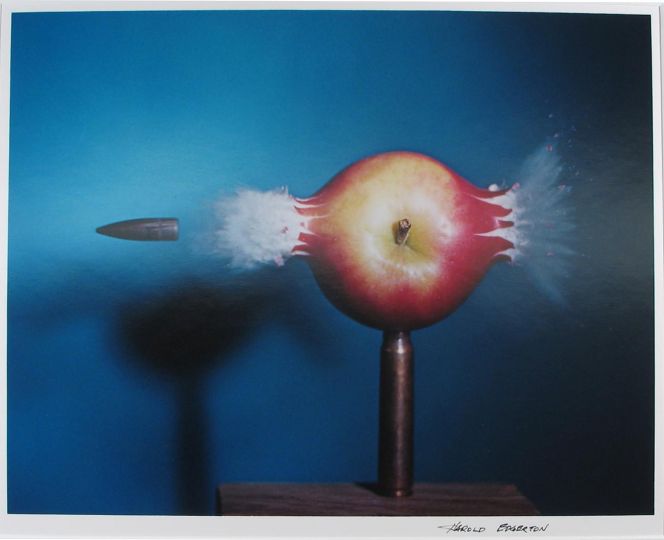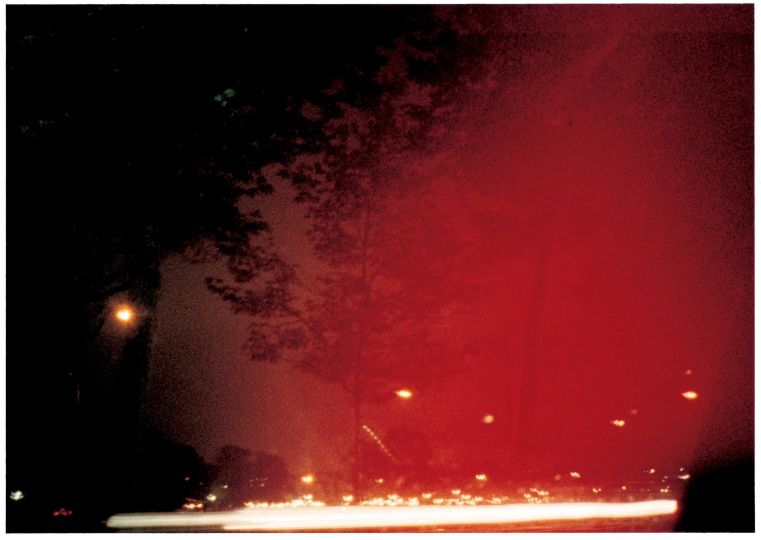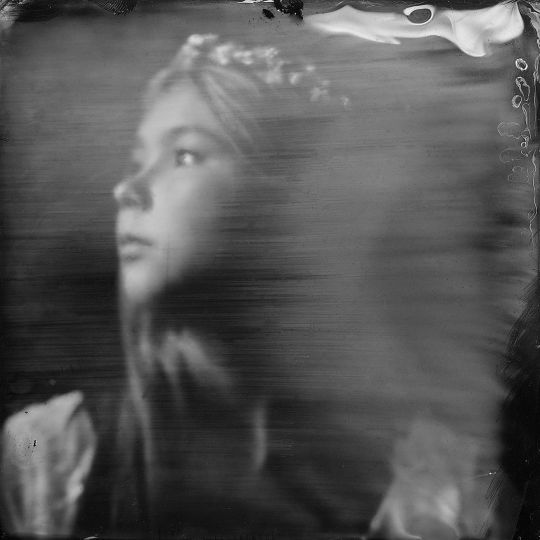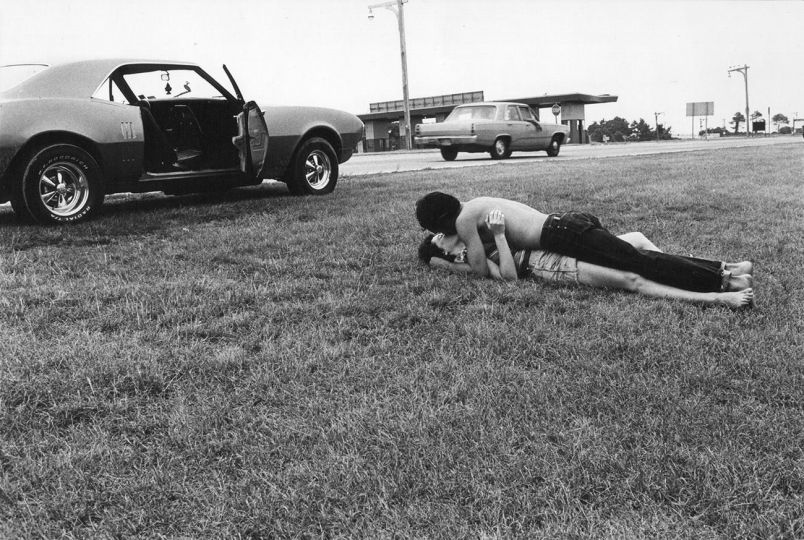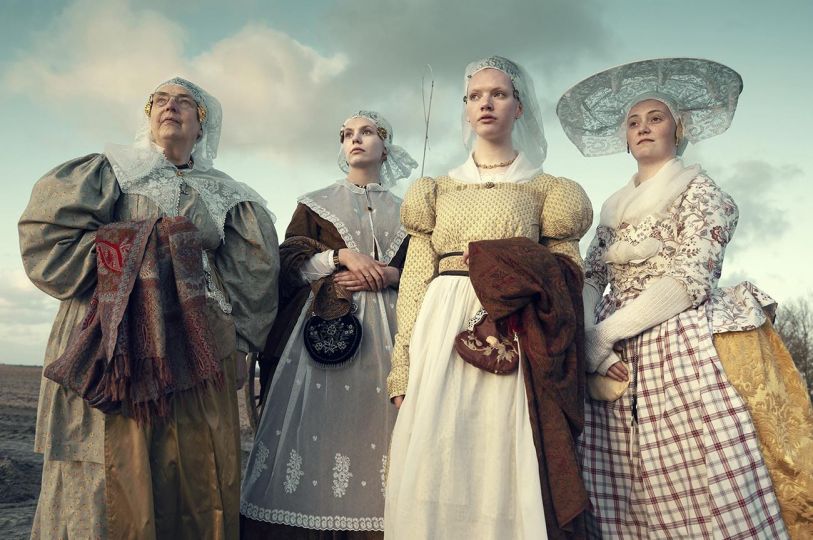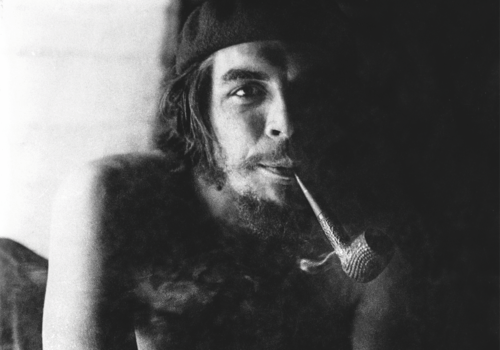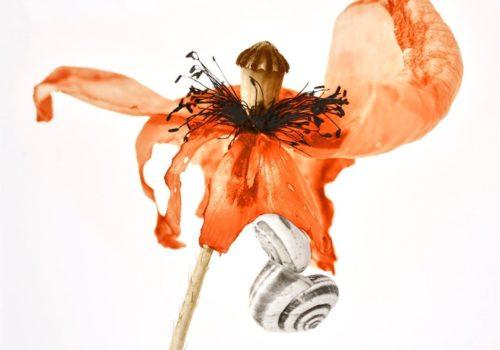The Edmond Rostand Library Gallery is presenting an exhibition by Olivier Pasquiers entitled Paysages hors du temps ( Timeless Scenery) until March 2, 2025. It is accompanied by this text:
Timeless scenery
Reinventing photography
This series of images is the extension of a research started two years ago using the atypical device that is the digital camera obscura. A timeless device, an alliance between the painters’ tool used from the middle of the sixteenth century and the digital camera using all silver processes.
In my shooting process, no silver negative, but a screen, a sheet of plexiglass frosted with sandpaper, on which the image is formed: it is this that will be photographed.
Beyond real landscapes
This approach is a new way of photographing reality, to find the gesture of the hand by intervening directly on the screen, the support of the still virtual image. For each shot, a different, unique ground glass is prepared, scratched, on site according to the choice of the subject. In this, I am continuing the example of what some artists have sought throughout the history of photography, by intervening on the negatives before printing.
A way to separate the real landscape from its present objective, the opposite of what I would obtain if I used a classic camera in front of the same subject. A way to create timeless-landscapes, like a “back to the future” to provoke a questioning on the object itself as much as on its representation which nevertheless remains photographic.
Questioning landscapes
With this large format camera, I explore landscapes, heritage sites (historical or natural), places of memory, collective memory or personal memories of those I sometimes ask to take me to photograph their landscapes-of-emotions. A device that once installed, in the public space invites discussion and exchange.
The return of the hand
In this creative process, it is a return of the action of the hand directly on the image before it has acquired its status as a photograph.
Because if the photosensitive support (analog or digital) is the surface on which the image is recorded, it remains virtual, “invisible” in broad daylight until it is chemically revealed or digitally processed, after pressing the trigger. It is only once fixed that it becomes possible to intervene manually on the negative or digitally on the file. But who would scratch the sensitive surface before taking the picture?
The digital camera is only used here to fix the image after the choice of framing and the adjustments have been made. I only use it as the definitive recording tool for the scene, the result of several centuries of research since the first experiments of Giovanni Battista della Porta, in Naples in 1589, the first of whom there is a trace in the texts to have used glass lenses to project an image on a screen (*), through the formidable invention of Nicéphore Nièpce, up to pixels today.
(*)La camera obscura immobilis, ou les origines « mouvementées » de la photographie, Presse Universitaire du Septentrion (https://books.openedition.org/septentrion/46706)
Olivier Pasquiers : Paysages hors du temps
until March 2, 2025
Bibliothèque Edmond Rostand
11 rue Nicolas Chuquet
Paris 17e
https://www.paris.fr/lieux/mediatheque-edmond-rostand-1741

